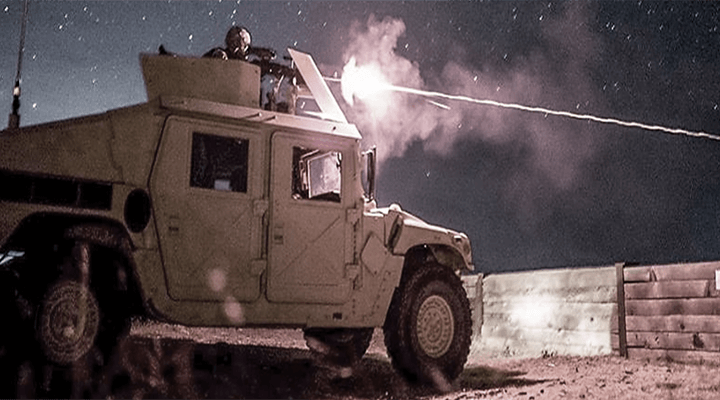Sanctions, a new round of which the president signed into law Wednesday, are not the only way the United States is confronting Russian aggression. On Tuesday, the Wall Street Journal reported that the Pentagon and State Department have presented the president with a proposal to send defensive weapons, including antitank and antiaircraft missiles, to Ukraine.
A LONG-OVERDUE PROPOSAL
It’s a development many in Washington have been calling for since Russia’s 2014 invasion and annexation of Crimea, the Ukrainian peninsula in the Black Sea. In 2015, a group of prominent foreign policy experts, including Michele Flournoy, who was President Obama’s first under secretary of defense for policy, and Adm. James Stavridis, who served as supreme allied commander in Europe during the Obama administration, called for “direct military assistance—in far larger amounts than provided to date and including lethal defensive arms—so that Ukraine is better able to defend itself.”
Despite the strong recommendation of his former advisers, Obama decided against the proposal. Around the same time, the State Department quietly denied an export license to an American private security company who Ukraine wanted to train one of its more prominent National Guard battalions. American Soldiers, however, have been deployed to Ukraine to train its military on defensive tactics.
Sen. John McCain, the powerful chairman of the Senate Armed Services Committee, has picked up the Ukraine torch. After Russian-backed separatists attacked Ukrainian troops in late January, McCain publicly told President Trump that through the attacks, Russian President Vladimir Putin was “moving quickly to test you as commander-in-chief,” adding, “America’s response will have lasting consequences.” He later used the occasion of the confirmation hearing for Deputy Secretary of Defense Patrick Shanahan to press the administration on the provision of lethal aid to the Ukrainian government.
It now appears the Trump administration is preparing to act.
SANCTIONS ALONE WON’T WORK
After Congress passed sanctions against Russia, Iran, and North Korea last week, Russian President Vladimir Putin responded by ordering the U.S. to reduce the size of its diplomatic staff by 755. The New York Times aptly observed that the move “seemed ripped right from the Cold War playbook.”
Despite the strong reaction from Moscow, and continual accusations from his political opponents that he cares more about the welfare of Russia than the United States, President Trump signed the “Countering America’s Adversaries Through Sanctions Act” on Wednesday. In a lengthy “signing statement,” the president said he supported “making clear that America will not tolerate interference in our democratic process, and that we will side with our allies and friends against Russian subversion and destabilization.”
(He also rightly pointed out that the bill, which prohibits the president from modifying the sanctions without Congressional review, “improperly encroaches on Executive power.”)
But economic sanctions, property seizures, and diplomatic expulsions won’t change the game. Unless Putin is directly challenged on his military aggression in Europe, he won’t stop. Ukraine needs the capability to defeat the Russian threat directly. No one believes Putin’s protestations that the separatist forces in eastern Ukraine are not his puppets. And unless Ukraine can stop them, Putin will continue to back them.
Force is the only thing Putin understands. Russia has had a generation to recover from the collapse of the Soviet Union. It’s military has recovered from its own version of the “hollow force” and has reemerged as a serious threat to European security. The United States owes it to our European allies to confront and defeat Russian aggression in Ukraine before we’re forced to confront it in Poland, Slovakia, and Hungary.



